#japanese giant salamander
Explore tagged Tumblr posts
Text
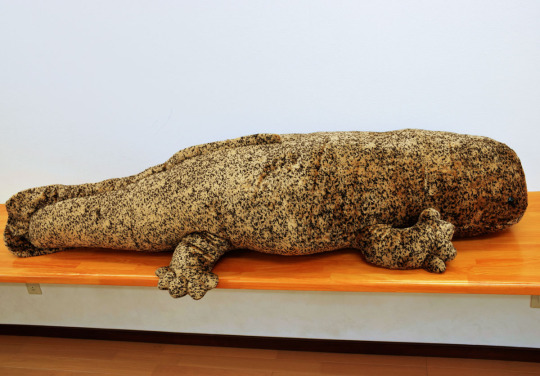




Kyoto Aquarium - 170cm Japanese Giant Salamander
#plush#plushie#plushies#plushblr#plushcore#toycore#soft toy#stuffed animals#kyoto aquarium#giant salamander#salamander#japanese giant salamander#plush: amphibian
12K notes
·
View notes
Text
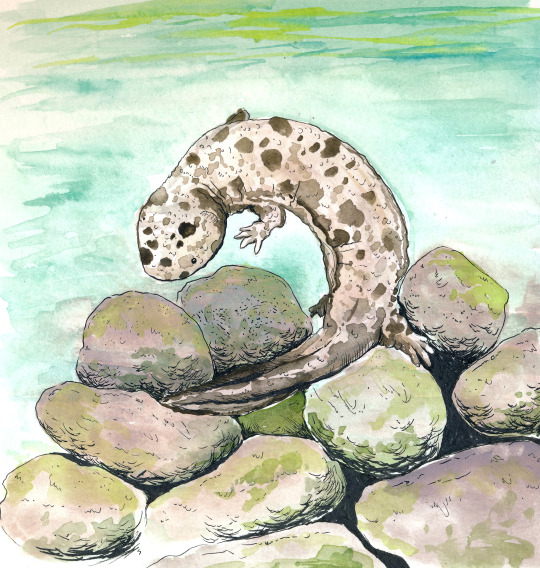
Back from vacation! Real hard picking a favorite thing from Japan, but one of the faves for sure was seeing Japanese Giant Salamanders at the Kyoto Aquarium. Will be slowly getting back into them ceramic things.
#hyydraworks#japanese giant salamander#watercolor#watercolor painting#amphibian#salamander#traditional art#cute#illustration#also within 24 hours of returning home became mildly ill#so thats not helping#but whatre u gunna do
268 notes
·
View notes
Text
Wet Beast Wednesday: giant salamanders
Everyone knows salamanders, right? The little lizard frogs that show up around ponds. Well what if I told you that not all salamanders are little. In fact, some species can get quite large, but none get bigger than the aptly-named giant salamanders. I'm not just talking about any big newt, I'm talking about the unique members of the family Cryptobranchidae.

(Image: a Chinese giant salamander. It is a large, lizard-shaped animal with brown skin and black blotches. Its limbs are short and its tail is flattened to look like a long fin. It has wrinkly folds of skin along the side. End ID)
There are three(ish) species of giant salamander in two genera: the Japanese and Chinese giant salamanders of the genus Andrias and the hellbender of genus Cryptobranchus. The name Cryptobranchidae means "hidden gills", which is appropriate as giant salamanders are unique in that they are the only salamanders who reaming fully aquatic as adults without retaining external gills into adulthood. All salamanders are aquatic as juveniles and have external gills and many groups have independently evolved to remain fully aquatic as adults. However, other species, from axolotls to olms, adapted by retaining their external gills as adults, a trait called neoteny. Giant salamanders have had to find another way, especially since a body as large as their needs quite a bit of oxygen. Their solution was to take a common amphibian trait and turn it up to 11. It is common among amphibians to be able to absorb dissolved oxygen in water through their skin. This is usually a supplement to either gills or lungs, but giant salamanders use it as their main means of respiration. The skin is thin and filled with small veins that can perform gas exchange with the water. Giant salamanders evolved very wrinkly skin flaps along ther sides to increase the amount of surface area available for gas exchange, allowing them to sustain themselves. They do require access to running water with a high oxygen content, as still or low-oxygen water doesn't provide enough oxygen to survive. They do have lungs, but use them more for buoyancy control than breathing.

(Image: a man holding/bear higging a giant salamander. The salamander is longer than his torso, not including the tail. end ID)
The Japanese and Chinese giant salamanders are very closely related to each other and rather similar in physiology and behavior. There's also not just one Chinese salamander. Genetic testing has reveals that what was once called Andrias davidianus is actually a species complex. This is when what was thought to be one species turns out to actually be a group of related species. There is some debate over whether the five identified populations of Chinese giant salamander should be classified as subspecies or their own species, though the latter interpretation seems to be the most popular. All the populations are very similar and can interbreed with each other, so I'll discuss them as a group. The largest of the group (and world's largest amphibian) is the South China giant salamander (Andrias sligoi) which can reach 1.8 m (5.9 ft) and 50 kg (110 lbs), but adults average 1.15 m (3.8 ft) and 25-30 kg (55-66 lbs). The Japanese giant salamander (Andrias japonicus) reaches a slightly smaller maximum size of 1.5 m (5 ft) and 25 kg (55 lbs), with most being smaller. The Chinese and Japanese giant salamanders are closely related enough that they can hybridize.

(Image: a Japanese giant salamander resting on mossy rocks underwater. Its body is light brown with darker blotches and the head is covered in nodules. End ID)
Because of how closely related the Japanese and Chinese salamanders are, their biology and behavior are quite similar. They are mostly a dark brown color, but can also be other tones of brown, reddish, or black. The eyes are lidless, small, and poorly-developed, giving the salamanders poor eyesight. Their primary sense comes from the lateral line, a line of hair cells that extends down the body and sense movement of the water. Using the lateral line, the salamanders can sense the movement of prey and threats in the water around them. They utilize suction feeding, slowly approaching prey, then rapidly opening the mouth to generate a vacuum and suck food into the mouth. The prey is then killed or incapacitated with a powerful bite. The esophagus is lined with powerful muscles and uses mucus as lubricant to allow the salamander to swallow large prey. The head and throat have nodules on them, the arrangement and number of which can be used to differentiate Chinese and Japanese salamanders. Both groups of salamander can secrete a strong-smelling, milky white substance to ward off predators. A low metabolism and generally low activity level allows the salamanders to last of up to a few years between meals. The Chinese salamanders can make vocalizations including barks, hisses, and sounds very similar to the crying of a human baby. The hellbender (Cryptobranchus alleganiensis) is smaller than it's Asian relatives, reaching a length of 30-74 cm (12-29 in) and up to 2.2 kg (5 lbs). They are usually brown or reddish-brown, but can also have a gray, yellowish, or black coloration. Hellbender biology and ecology is fairly similar to that of their relatives.

(Image: a hellbender underwater. It looks like the other two species, but is smaller, lighter brown, and has no nodules on the head. End ID)
Chinese and Japanese giant salamanders live in cool, clear streams and rivers in the Yangtze river basin (Chinese) and the islands of Honshou, Kyushu, and Shikoku (Japan). Hellbenders live in similar treams in the eastern United states, with one population (which may be a subspecies) living in the Ozarks region. As predators, their diets include worms, fish, crayfish, freshwater crabs, other amphibians, and small mammals. They are also cannibals and will opportunistically feed on smaller members of their own species. All species are territorial animals that will attempt to drive others out of their territory, though hellbenders are less territorial than the other species. Hellbenders prefer to live in cavities dug out under rocks, which helps them shelter from predators. Due to their low metabolisms, giant salamanders live much longer than most amphibians. Captive individuals have been recorded living for 60 years (Chinese), 52 years (Japanese), and 25 years (hellbender). All species are nocturnal.

(Image: a hellbender emerging from beneath a rock with a crayfish in its mouth. End ID)
Mating occurs seasonally, triggered by warmer water in the summer. During this period, males will search for ideal nesting sites, leaving their territories if necessary. An idea nesting site is sheltered beneath a rock. There are often fewer nesting sites than males, meaning only the largest and strongest males will be able to claim nests. Males then use courtship displays to woo females. Alternatively, male hellbenders will chase passing females into the nests and refuse to let them leave until they mate. Unlike most salamanders, giant salamanders practice external reproduction, where the female lays eggs and then the male fertilizes them. The male then guards the nest until the eggs hatch. During this period, he will keep the nest and eggs clean and use his tail to keep water moving over them. Males will eat eggs that are unfertilized, unhealthy, or show signs of infection. This helps keep the other eggs as healthy as possible. The offspring are born with external gills, which they will lose as they mature. It can take several years for the larvae to reach maturity.

(Image: a group of giant salamander larvae in captivity. They look like smaller versions of the adults, but with feathery gills emerging from each side of the neck. End ID)
Both hellbenders and Japanese giant salamanders are classified as vulnerable by the IUCN, while Chinese giant salamanders are critically endangered. Their primary threats are habitat loss as streams are dammed, dry up, or become polluted. Warming water temperatures also threaten them. Chinese giant salamanders have experienced a major drop in population since the 1950s. In addition to habitat loss, Chinese giant salamanders are also eaten by humans. While hunting wild specimens is now illegal in China, they are heavily impacted by poaching. The fine for poaching giant salamanders is pathetically small compared to the sale price for one of them, further encouraging poachers. Captive breeding and release programs have shown some success, but may have contributed to the spread of disease. In response to the rarity of the salamanders, a new farming industry has sprung up in, raising giant salamanders for food. The captive population of Chinese giant salamanders in farms vastly exceeds the estimated wild population. Chinese giant salamanders have also been introduced to Japan, where they have been hybridizing with the Japanese salamanders, a major hindrance to conservation efforts. Japanese giant salamanders have been legally protected since 1951. The origin of the name hellbender is unknown. Other names for hellbenders include the water dog, Allegheny alligator, grampus, snot otter, and (my personal favorite) lasagna lizard.

(Image: a holding pen in a Chinese giant salamander farm. Over a dozen salamanders are sitting in a shallow water enclosure stocked with bricks and small fish. End ID)
I will leave this post off with a weird fact. In 1726, a Swiss physician named Johann Jakob Schuechzer declared a fossil giant salamander to be the remains of an ancient human who died in the mythical flood of Noah's ark and named it Homo diluvi, meaning "man who witnessed the deluge". In 1812, paleontologist Georges Cuvier examined the fossil and realized (probably very quickly) that it definitely wasn't a human. Once the fossil was identified as a salamander it was given the name Andrias scheuchzeri. As Andrias means "image of man", both the genus and species names acknowledge Schuechzer's weird idea.

Behold: a man (Image: the original Andrias scheuchzeri fossil that Schuechzer thought as a human. It is a front half of the skeleton of what is clearly a lizard-shaped animal and not a human. End ID)
#wet beast wednesday#giant salamander#chinese giant salamander#japanese giant salamander#hellbenders#salamander#amphibian#Johann Jakob Schuechzer bashing#biology#ecology#zoology#animal facts#informative#educational#image described
136 notes
·
View notes
Text

Salamander Pots - Veiled Sea
Endless Ocean Luminous, Nintendo Switch
did you know there's a japanese prefecture that has a festival for these guys. please i beg you check this out its so awesome they have giant salamander floats, giant salamander clothes, the whole nine yards.....
#endless ocean#endlessocean#endless ocean 3#endless ocean luminous#endlessoceanphotos#nintendo switch#luminous new creature#japanese giant salamander
15 notes
·
View notes
Text
Inktober Day 28 - Jumbo - Japanese Giant Salamander

LARGEST SALAMANDER ON PLANET EARTH> CAN GROW TO SIX FEET LONG> SORRY ABOUT THE YELLING BUT CAPS LOCK STUCK> BUT JUST BETWEEN YOU AND ME I FREAKING LOVE SALAMANDERS> Image ID: This almost looks like it's just an anthropomorphic version of the Hellbender; big, flat, a little wrinkly. But cupped in the large salamander's hands like a bug is Sun, the artist's sona.
#inktober#art challenge#jumbo#japanese giant salamander#salamanders#japan#my fursona#flat fuck friday#adoptable
4 notes
·
View notes
Text
Animal of the Day for December 10: Japanese Giant Salamander (Species Andrias japonicus)

The Japanese Giant Salamander is a species of fully aquatic Giant Salamander (no duh) that inhabits the western portion of Honshu (the big island that makes up most of Japan), with smaller populations present in Kyushu and Shikoku (the two smaller islands south of Honshu). With a length of up to 5 feet, they are the third largest Salamander, behind the Chinese Giant Salamander and the South-China Giant Salamander, both of which are critically endangered, and the Japanese species being listed as vulnerable.
3 notes
·
View notes
Text

Axolotl
#traditional art#watercolor#colored ink#painting#artists on tumblr#axolotl#salamander#japanese giant salamander#underwater#my art#fantasy art
42 notes
·
View notes
Text
HAPPY GIANT SALAMANDER DAY TUMBLR!
Text from Kyoto's official Facebook Page: "Kyoto Aquarium has designated September 9th as "Japanese Giant Salamander Day" in order to share the fascinating ecology and charm of these animals. This year, related events will be organized by the aquarium in the following days:
September 7th (Sat) - A talk event by a researcher of giant salamanders will be held together with a paper craft workshop.
September 8th (Sun) - A giant salamander float will be pulled around Umekoji Park.
September 9th (Mon) - Annual public measurement of the giant salamanders kept at the aquarium.
In addition, around 100 stuffed plush toys in the shape of giant salamanders will appear in random places around the streets of Kyoto from September 7th. Some may even appear in the passenger seat of taxis."
These photos were attached to the post:



2 notes
·
View notes
Video
youtube
Search For The Last of Japan's Giant Salamanders
I knew that giant salamanders in general were in trouble but sheesh. Imagine having the second largest amphibian in the world be so ignored that it might just go extinct in our lifetime. I was saddened when I learned that the giant chinese paddlefish had just been declared extinct, among other other things because I didn’t knew it existed until then. As James says in the video, we often fantasize about bringing back ancient species and finding lost worlds where prehistory never left. But some of these creatures are still alive today and we’re letting them die because most don’t care or even know about them. Let’s at least spread the word so that we can help and not forget these and all the othere species that are struggling in these trying times.
9 notes
·
View notes
Video
i'm like 90% sure the salamander is not destroying his crops. Most are insectivorous/carnivorous, maybe some are somewhat omnivorous? Pretty sure none are herbivorous. I doubt it is eating a noticeable portion of his crop. If it flooded rice paddies I suppose possible it is just trampling some? (Giants rarely come out of the water) But AFAIK they are not big travelers/roamers, and I think they like faster moving water than rice paddies generally.
Source
#Giant salamander#Japanese giant salamander#Also they are endangered#Not sure of Japan's laws#but it's probably illegal to mess with them#Misinformation#Probably#Can't be arsed to look up right now#But pretty sure
8K notes
·
View notes
Text
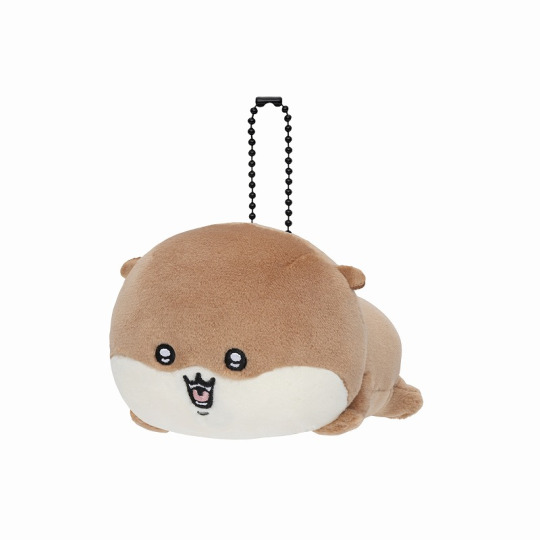
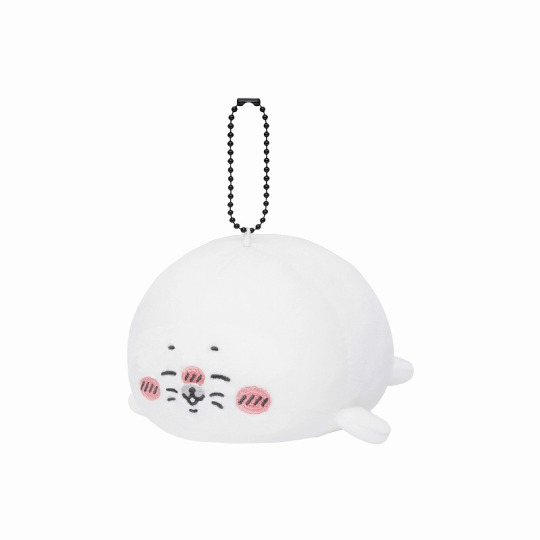


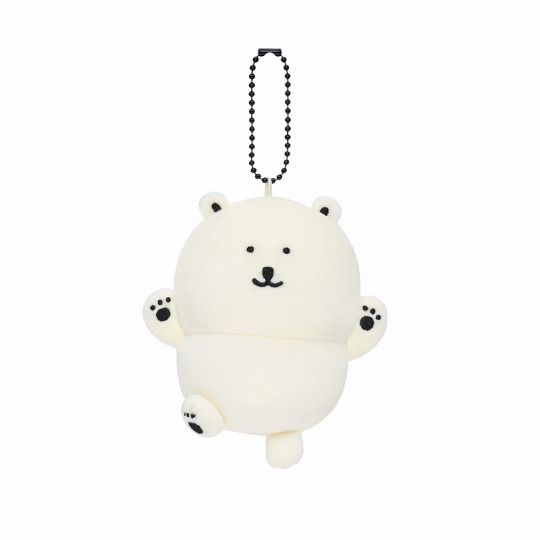
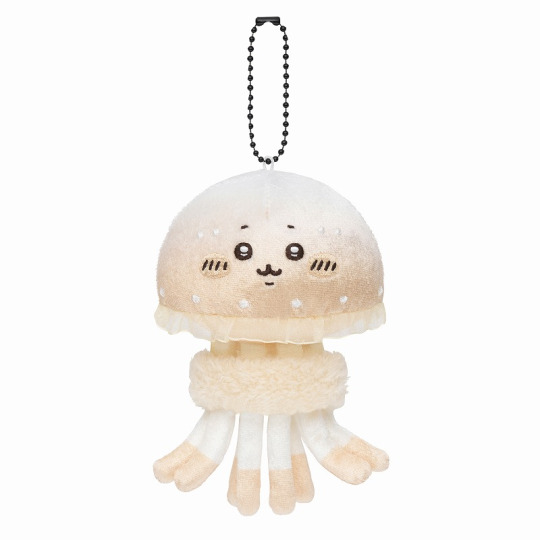
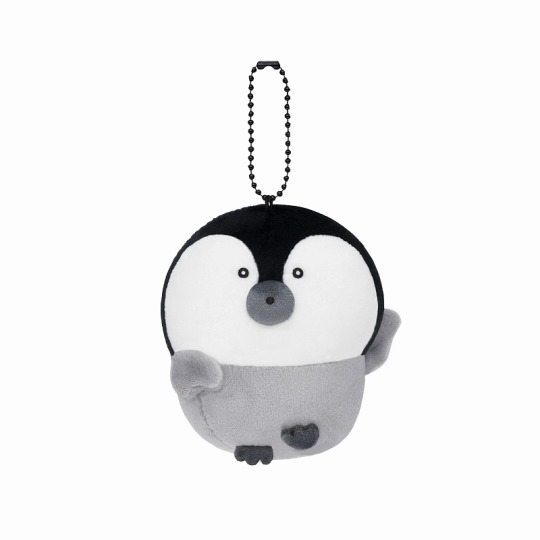
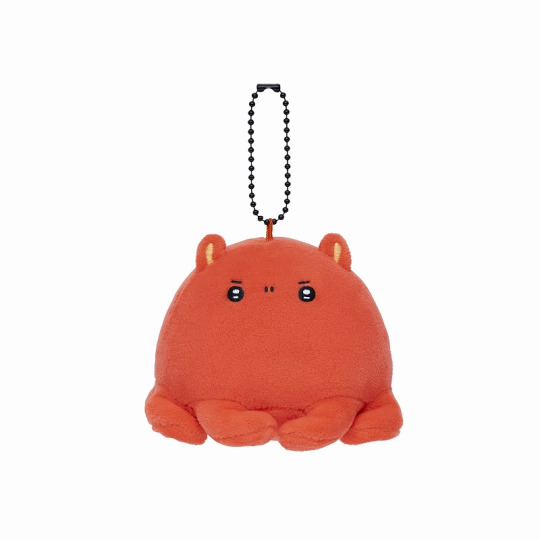
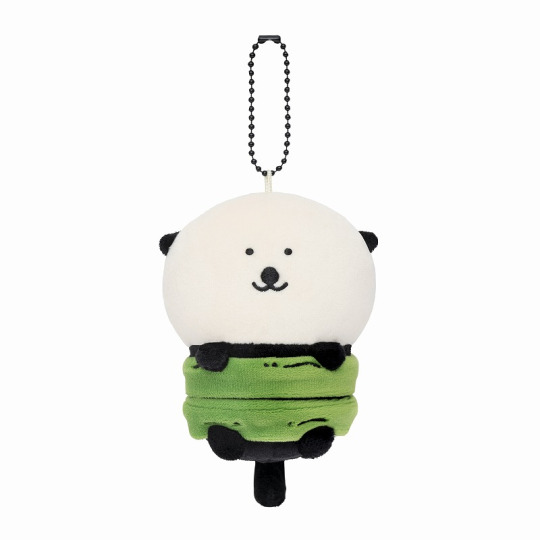
Nagano's Aquarium Mascot Keychain
#plush#plushie#plushies#plushblr#plushcore#toycore#soft toy#stuffies#stuffed animals#plush animal#plush animals#nagano#river otter#seal#starfish#japanese giant salamander#giant salamander#polar bear#spotted jelly#penguin#mendako#japanese flapjack octopus#sea otter#plush charm#plush keychain#marine life#marine biology#marine mammals#plush: otter#plush: bear
252 notes
·
View notes
Text

Yangtze spirits
#dragon#baiji#chinese paddlefish#sturgeon#chinese sturgeon#yangtze sturgeon#yangtze finless porpoise#porpoise#yangtze giant softshell turtle#turtle#chinese alligator#japanese eel#chinese giant salamander#wildlife#endangered#extinct#art#artblr
146 notes
·
View notes
Text

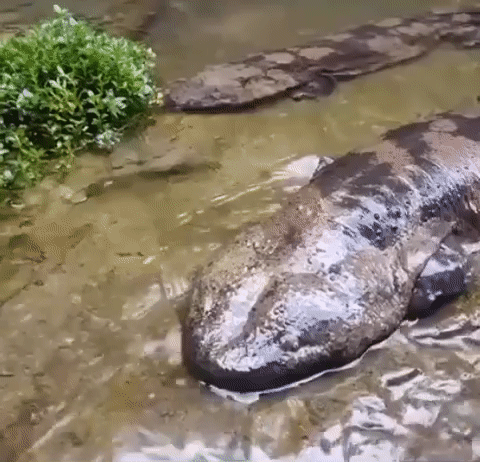
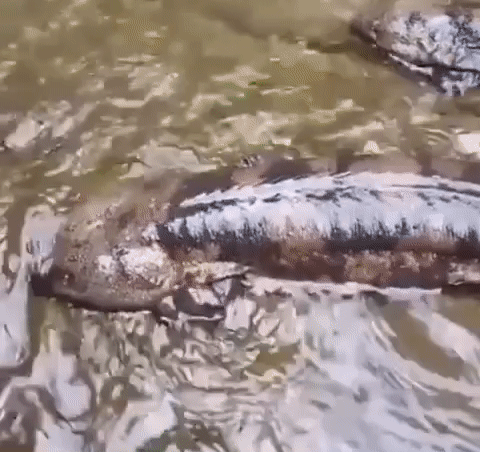
Source
Please credit when using!
#stim#stimming#stimboard#visual stim#stim gif#stim gifs#sensory#stimblr#nature stimboard#nature stim#water stim#water stimboard#giant japanese salamander#salamander stim#salamander#salamander stimboard
389 notes
·
View notes
Text
Its




Nintendo keeps making this type of creature
2K notes
·
View notes
Text



Japanese Giant Salamander (Andrias japonicus), family Cryptobranchidae, endemic to Japan
One of the largest amphibians in the world, growing to a length of 1.5 m (~5 ft).
Vulnerable.
Photograph by Laura Bok
#giant salamander#salamander#andrias#cryptobranchidae#amphibian#herpetology#asia#japan#animals#nature
1K notes
·
View notes
Text
The Hashira and their Children
——————————————————————————
(Gyomei is introducing his chubby newborn baby to the other Hashira)
Gyomei: This is Yusuke. Y/n just gave birth to him a few weeks ago.
Mitsuri: aww! He’s so cute!
Shinobu: he looks just like you
Gyomei: would you guys like to hold him?
(After everyone but Sanemi has held the baby)
Gyomei: Shinazugawa, would you like to hold Yusuke?
Sanemi: *holding Yusuke* you look like a lump of mochi
Baby Yusuke: *face contorts and he starts to cry*
Mitsuri: Sanemi, how could you? You made him cry
Tengen: nice going Sanemi
Sanemi: *grumbling as he hands Yusuke to Gyomei* I didn’t mean to make him cry
——————————————————————————
(Kyojuro and Y/n are trying to take a family picture but their 3 year old won’t stop crying)
Y/n: what are we going to do, they won’t stop crying?
Kyojuro: Just give them a box of raisins
Y/n: Seriously?
Kyojuro: *pulls out box of raisins and hands it to his child* there see
Three year old: *immediately stops crying and is waving the raisins around*
Y/n: I swear they get that from you
——————————————————————————
(Sanemi was left at home to look after his 4 year old and 1 year old alone. He was watching them but took a small nap. He wakes up to find his oldest has drawn all over his 1 year old in marker)
Sanemi: what did you do to your brother?
Four year old: *holding the marker* wasn’t me
1 year old: *laughing*
Sanemi: *mumbles to himself* help me clean your brother up now
——————————————————————————
(Conversation between Kyojuro, Sanemi and Tengen)
Tengen: I’m pretty sure my neighbor thinks I’m a terrible father
Sanemi: just ignore them
Kyojuro: you’re not a terrible father, what makes you say that?
Tengen: they saw me chasing my naked three year old twins around the front lawn. Again
Kyojuro: why were you chasing them
Sanemi: wait, what do you mean again
Tengen: they finished taking their bathes but refused to put clothes on
Tengen: then they unlocked the front door and began running around. As soon as I caught one, I’d start chasing the other, but the one in my hands would slip out as soon as I caught the other one. My neighbors saw the whole thing
——————————————————————————
Y/n: *walks into the bathroom where their five year old son is* oh my god! What did you do
Son: *smiles and looks at their mom*
Sanemi: *comes running in* what’s wrong? What happened?
Y/n: take a look at your son, notice anything missing
Sanemi: *stares for a minute* what happened to your eyebrows?
Son: I gets rid of them. Now daddy and I match
Y/n: *turns away snickering*
Sanemi: OI!
——————————————————————————
Kyojuro: *is asleep*
3 year old: Daddy wake up
Kyojuro: *continues to sleep*
3 year old: *grabs TV remote and proceeds to smack Kyojuro with it* Daddy up!
Kyojuro: ow! I’m up
——————————————————————————
(Giyuu, y/n and their 5 year old are in their backyard)
Y/n: and just what do you think you’re doing?
5 year old: *holding a giant Japanese salamander like it’s a stuffed animal* I found him, can we keep him?
Y/n: *looks at the salamander that’s as big as their child* where did you even find that
5 year old: in the river… so… can we keep him?
Y/n: *flabbergasted* where do you expect to put him?
5 year old: in the pond with the fish
Y/n: I’m sorry but that thing will eat the fish
Y/n: *looks at Giyuu* you want to say anything?
Giyuu: …. We could build a second pond for him
Y/n: *throws hands in the air* seriously
Giyuu: what’s his name?
5 year old: Mr. Flabbs
——————————————————————————
Y/n: honey, do you know where our daughter is?
Gyomei: I believe she is in the kitchen….
Y/n: *after walking into the kitchen* oh my god no! Spit that out!
3 year old: *runs out of the kitchen*
Y/n: Gyomei catch her!
Gyomei: *catches daughter and holds her up*
Y/n: spit that out right now!
3 year old: *spits out cockroach into Gyomei’s hand*
Gyomei: please tell me this isn’t what I think it is
Y/n: I wish I could
——————————————————————————
(Y/n, Sanemi and their 3 year old are at an appliance store)
Y/n: *looking at washing machines with Sanemi* what do you think of this…. Where’s our child?
Sanemi: they were right here
Y/n: *look’s around and is mortified* oh please no
Sanemi: what?
Three year old: *is sitting on one of the display toilets with their pants down singing while grunting*
Y/n: stay here while I get the wet wipes
Sanemi: *covers his face in shame*
Store attendant: *trying so hard not to laugh*
——————————————————————————
(Obanai, Mitsuri and y/n are giving their 2 and 3 year olds a bath in the tub)
Obanai: *leaves the bathroom to grab something real quick*
Y/n: how are the kids?
Obanai: just got them into the bath
Mitsuri: *getting the kid’s pajamas ready* they are just so cute
3 year old: *shouting* boat! A boat!
Y/n: did you put toys in the tub?
Obanai: no, we don’t even have any boat toys
Mitsuri: then what is…
Obanai, y/n and Mitsuri: *runs into the bathroom*
(They walk into the bathroom to see their 2 and 3 year olds in the tub with a turd floating around)
3 year old: look a boat!
Mitsuri: *covers her face*
Y/n: *scrambles to quickly remove the kids from the tub*
Obanai: *disgusted as he empties the tub and removes the turd* I’ll run another bath
Y/n: *looks to Mitsuri* still think they’re cute?
——————————————————————————
#obanai x mitsuri x reader#tengen x reader#sanemi x reader#gyomei x reader#kyojuro x reader#rengoku x reader#giyuu x reader
585 notes
·
View notes